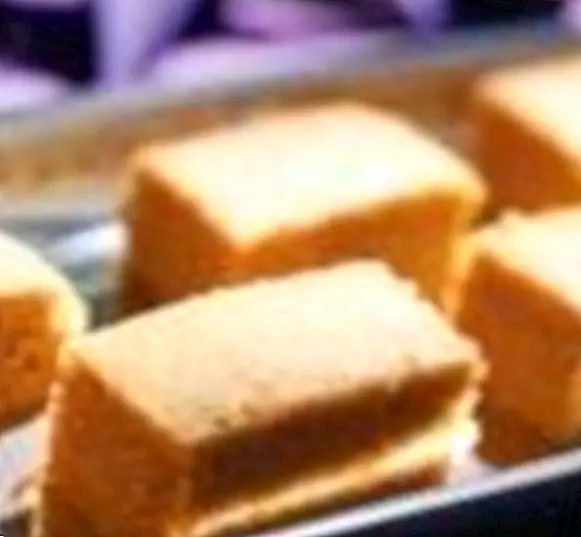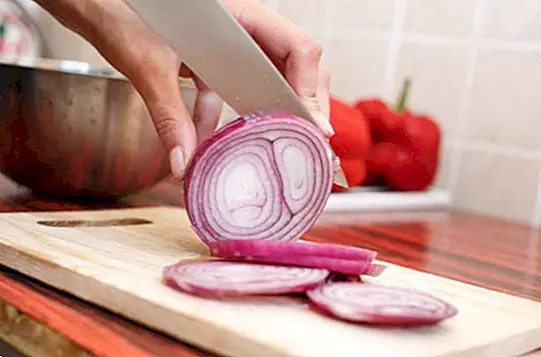How to know if honey is pure
The honey It is characterized by being a product of natural origin, with a characteristic viscous texture and a very sweet flavor. Is produced by bees from the nectar of flowers and secretions of living parts of plants, in addition to excretions of plant sucking insects. It is a popular product of bees, who collect it, transform it and combine it inside. For this purpose, a very important enzyme known as invertase, which contains the saliva of bees, intervenes. Inside, the nectar is condensed by means of the action of mixing the product and a certain series of ferments. Once produced, they store it in the combs, where it matures.
Depending on the flower or plant where the bees breed, we can find different types of honey, all of origin and natural origin: the most popular -or known- are rosemary honey, orange blossom, eucalyptus honey, a thousand flowers, of palm and heather. However, there are also less known ones, such as: lavender honey, dandelion, acacia, pine, oak, chestnut and lime. Therefore, it is common that both their organoleptic characteristics (in terms of texture, aroma and taste) vary, as well as their different properties and benefits.

Although it is a product as natural as it is popular, unfortunately today we can find ourselves in the market with adulterated honeys, what although its labeling specifies that they are pure honey, in reality we are faced with a product that is not. Obviously, in this case we must differentiate that honey that is not really of quality because it contains a lot of water, to the one that knowing its products that is not pure, sells it as such. Precisely why we explain below some useful tips to know if you are facing a pure or adulterated honey.
How to know if it is pure honey before buying it
It is clear that, if we want to be sure that we are facing a type of quality honey, it is not the same to do some tests after having bought it, than before. In this sense, it is evident that we can not open a packaged honey for sale before having bought it for the relevant tests, so first of all the key is to read the labeling of the product.
For a honey to be pure and of quality you must make sure that in its labeling it does not appear "commercial glucose" or "high fructose syrup". These are two additives widely used when producing and packaging honey, which precisely prevent the honey from solidifying.

How to know if honey is pure after you have bought it
Once we have ensured that the labeling, more specifically in the list of ingredients of honey, does not appear any of the two additives mentioned, we can pass -at home- to perform some basic checks. First of all you should look at the following characteristics:
- Pure honey has a characteristic aroma.
- When serving it, it does not tend to separate into layers.
- Presents a smooth, thin texture.
- Its drip is filamentous.
- It does not present or generate foam.
- It has natural impurities, such as propolis, pollen and wax microparticles.
- By tasting and consuming it causes a burning sensation in the throat.
Once we have had these characteristics in mind, we can perform the following home tests:
- Keep a match lit and burn honey a little. If honey is "ignited" and melted or burned, it is pure honey.
- Mix honey in water. If the honey does not dissolve in the water it is pure.
- Put honey in a spoon and add 2 or 3 drops of iodine. If the solution does not turn blue it is pure.
- Add some honey on a piece of paper. If a moist patch is not formed around it, it is pure.
- Put honey in a spoon and add 2 or 3 drops of vinegar. If the mixture does not become frothy, the honey is pure.
- Add a piece of old bread to the honey, and let 10 minutes pass. Honey is pure if the bread continues to harden and has not softened.
It is clear that finding out if the honey you have bought is pure or not is very important, mainly because the quality of a product as beneficial as honey is dependent on whether or not it has been adulterated, so that both its properties and its nutritional wealth Actually nothing would have to do.
Images | Dino Giordano / Siona Karen This article is published for informational purposes only. You can not and should not replace the consultation with a Nutritionist. We advise you to consult your trusted Nutritionist.


